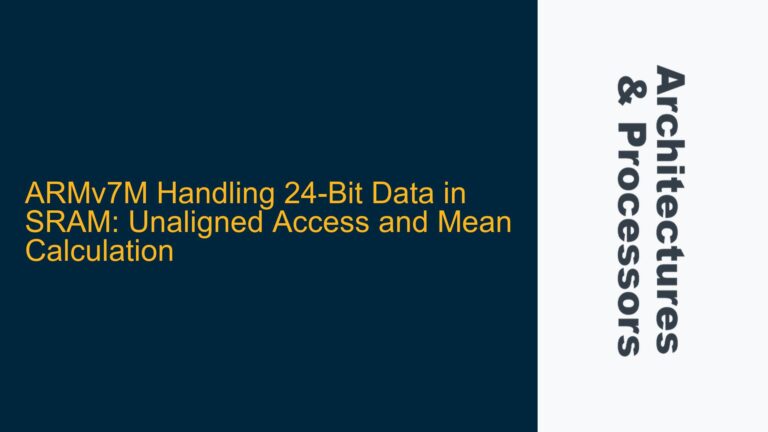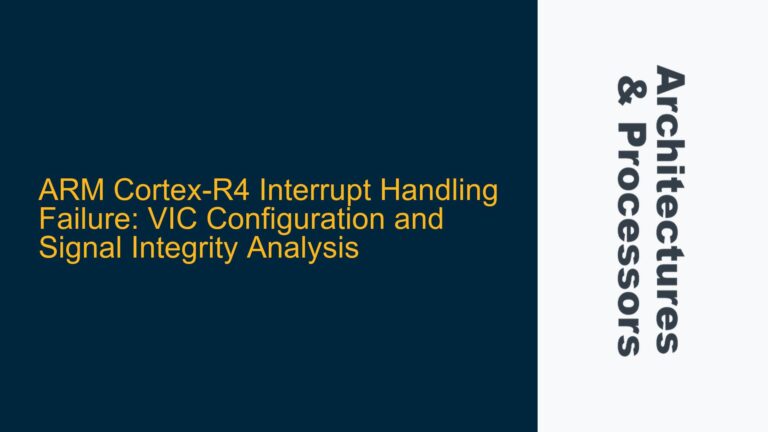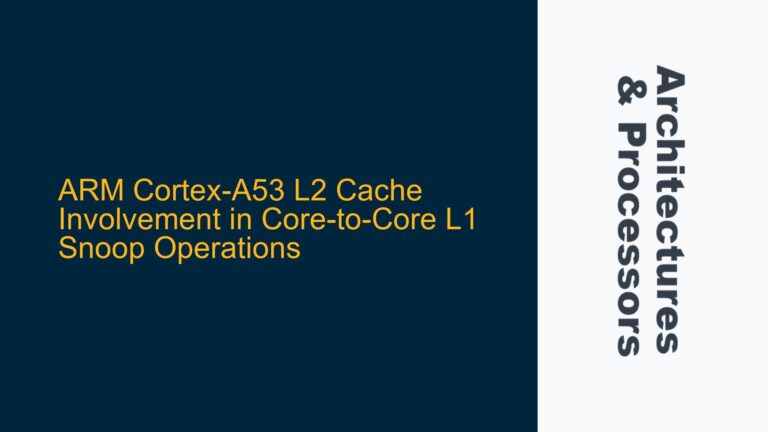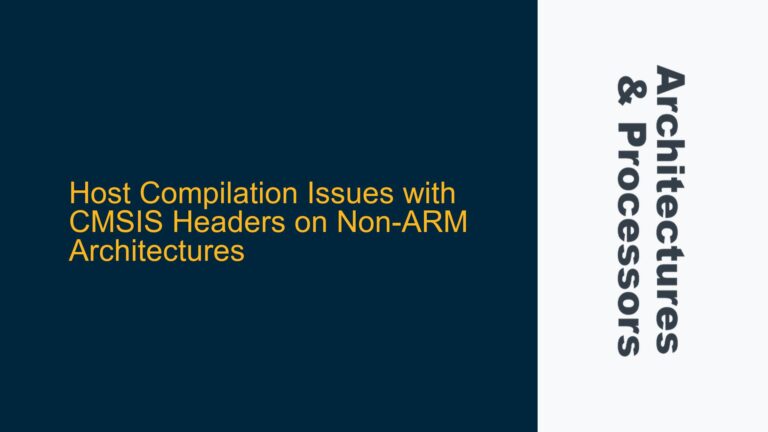AXI4 Write Data Transmission Preceding Address Information
The AXI4 protocol, a cornerstone of modern ARM-based systems, allows for a unique scenario where write data (W) can be transmitted before the corresponding write address (AW). This feature, while seemingly counterintuitive, is deeply rooted in the protocol’s design to optimize performance and flexibility in complex systems. At first glance, one might question the rationale behind this design choice, especially since the master must know the address to align the data correctly with the appropriate byte lanes and strobe signals. However, this capability is not arbitrary; it is a deliberate feature that accommodates various system-level optimizations and timing considerations.
In a typical AXI4 transaction, the master initiates a write operation by sending both the address and data to the slave. The address specifies the location in memory where the data should be written, while the data itself is accompanied by a write strobe (WSTRB) that indicates which bytes within the data bus are valid. The protocol mandates that the address and data must eventually align correctly, but it does not enforce a strict ordering between the transmission of the address and data. This flexibility allows for scenarios where the data can be sent before the address, provided that the system can handle the eventual synchronization.
The primary advantage of this design lies in its ability to decouple the timing of address and data transmission. In systems with complex address translation mechanisms, such as those involving Memory Management Units (MMUs), the address translation process can introduce latency. By allowing the data to be sent before the translated address is available, the protocol can reduce overall transaction latency. Additionally, in systems with long interconnect paths, registering the address and data signals separately can help meet timing requirements, further justifying the protocol’s flexibility.
Address Translation and Timing Isolation in AXI4 Systems
One of the key scenarios where sending write data before the address is beneficial involves address translation. In many ARM-based systems, the CPU generates virtual addresses that must be translated into physical addresses by the MMU. This translation process can introduce latency, as the MMU must perform a lookup in the Translation Lookaside Buffer (TLB) or, in the case of a miss, access the page tables in memory. During this translation, the write data may already be available in the master, ready to be transmitted. By allowing the data to be sent before the translated address is ready, the AXI4 protocol can effectively hide the translation latency, improving overall system performance.
It is important to note that while the address translation process may delay the availability of the physical address, it typically does not alter the least significant bits (LSBs) of the address. These LSBs determine the alignment of the data within the memory system and the corresponding strobe signals. As a result, the master can prepare the data and strobe signals based on the virtual address, knowing that the alignment will remain consistent after translation. This ensures that the data can be transmitted without waiting for the translated address, provided that the system can handle the eventual synchronization.
Another scenario where write data may precede the address involves timing isolation through the use of additional registers on the address path. In large systems with extensive interconnect networks, the address and data signals may traverse different paths with varying propagation delays. To meet stringent timing requirements, designers may insert additional registers on the address path to ease timing closure. These registers can introduce additional latency on the address path, causing the data to arrive at the destination before the address. The AXI4 protocol’s flexibility allows for this timing mismatch, as the interconnect can stall the data transfer using the WREADY signal until the address is available.
Implementing AXI4 Write Data and Address Synchronization
To effectively implement systems that leverage the AXI4 protocol’s ability to send write data before the address, designers must carefully consider the synchronization mechanisms between the data and address paths. The protocol provides several handshake signals, such as WVALID, WREADY, AWVALID, and AWREADY, that facilitate this synchronization. When the master sends write data before the address, it asserts the WVALID signal to indicate that the data is valid. The slave or interconnect can then use the WREADY signal to acknowledge the data transfer or stall it until the address is available.
In systems where address translation or timing isolation introduces latency on the address path, the interconnect logic must ensure that the write data is correctly routed based on the eventual address. This requires the interconnect to decode the address and determine the appropriate destination for the data. Once the address is available, the interconnect can assert the WREADY signal to allow the data transfer to proceed. If the data arrives before the address, the interconnect can buffer the data until the address is decoded, ensuring that the data is correctly routed to the intended destination.
Designers must also consider the implications of sending write data before the address on system performance and resource utilization. While this feature can reduce transaction latency in certain scenarios, it may also increase the complexity of the interconnect logic and require additional buffering resources. Careful analysis of the system’s timing requirements and address translation mechanisms is essential to determine whether this feature should be leveraged and how it should be implemented.
In conclusion, the AXI4 protocol’s ability to send write data before the address is a powerful feature that can enhance system performance and flexibility. By understanding the underlying mechanisms, such as address translation and timing isolation, designers can effectively implement this feature in their systems. The protocol’s handshake signals provide the necessary synchronization mechanisms to ensure correct operation, while careful consideration of system requirements can help optimize resource utilization and performance.






